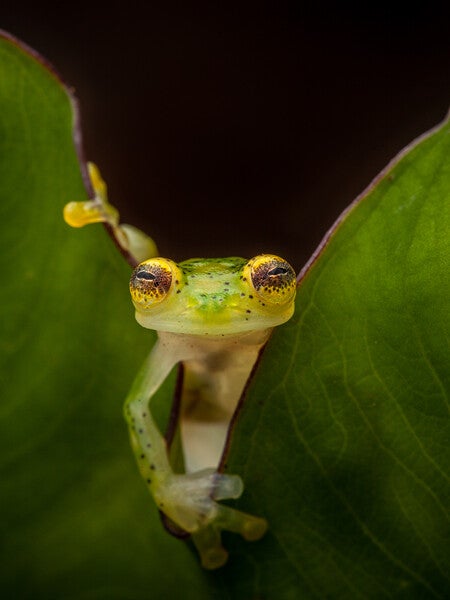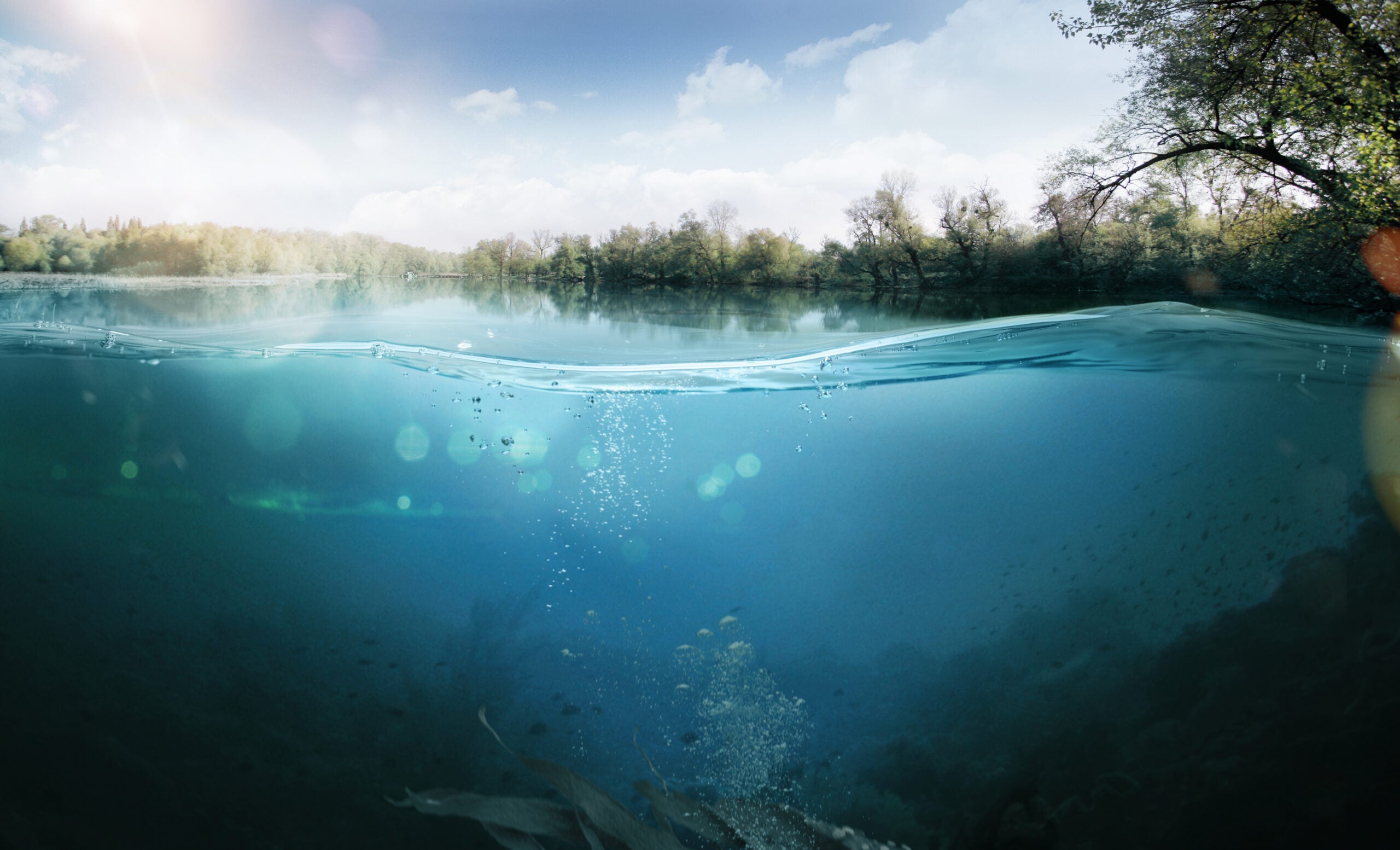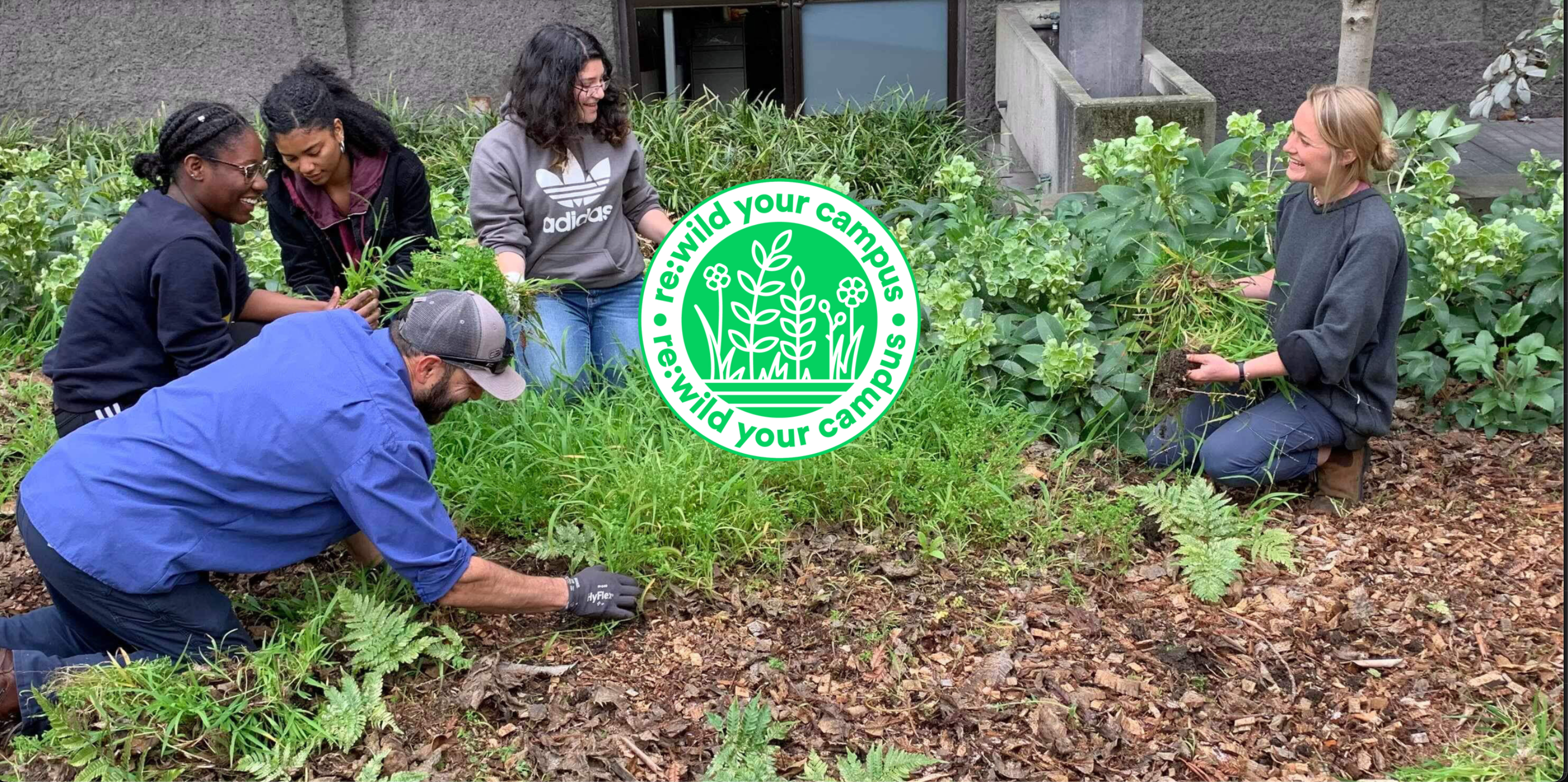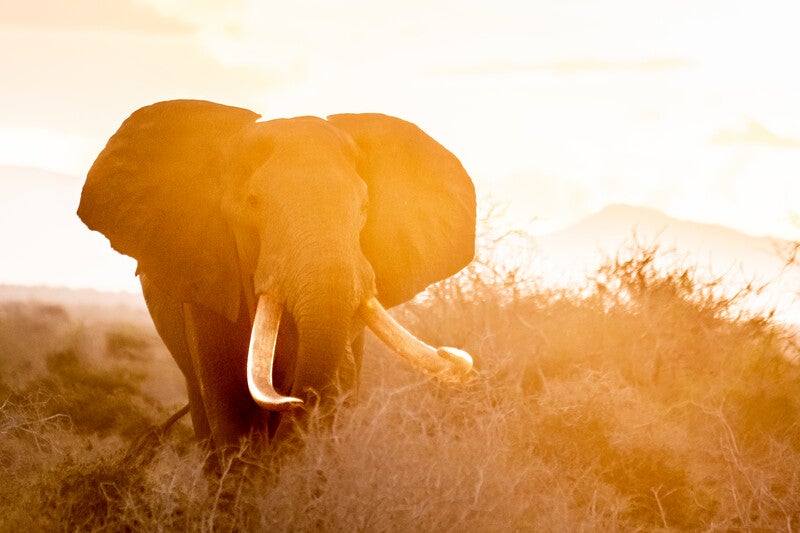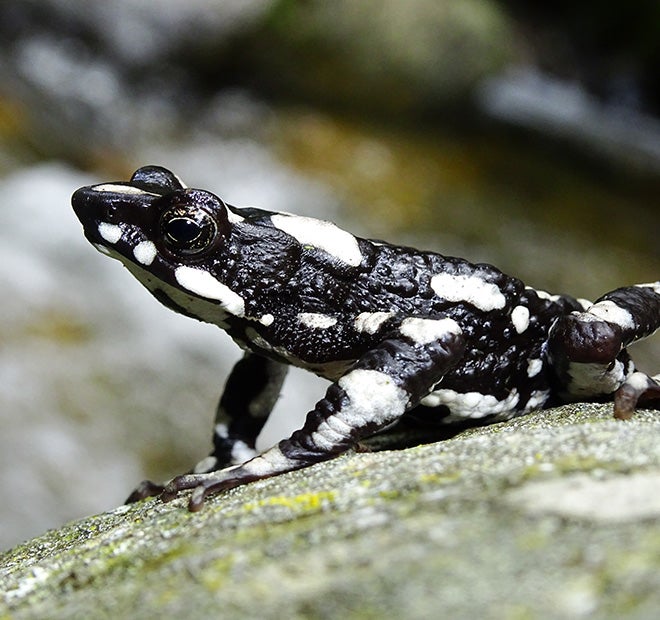We don't need to reinvent the planet. We need to rewild it.
Re:wild protects and restores the wild. We do this because the solutions to our most pressing challenges — climate change, biodiversity loss and threats to human health — lie in nature.
Donate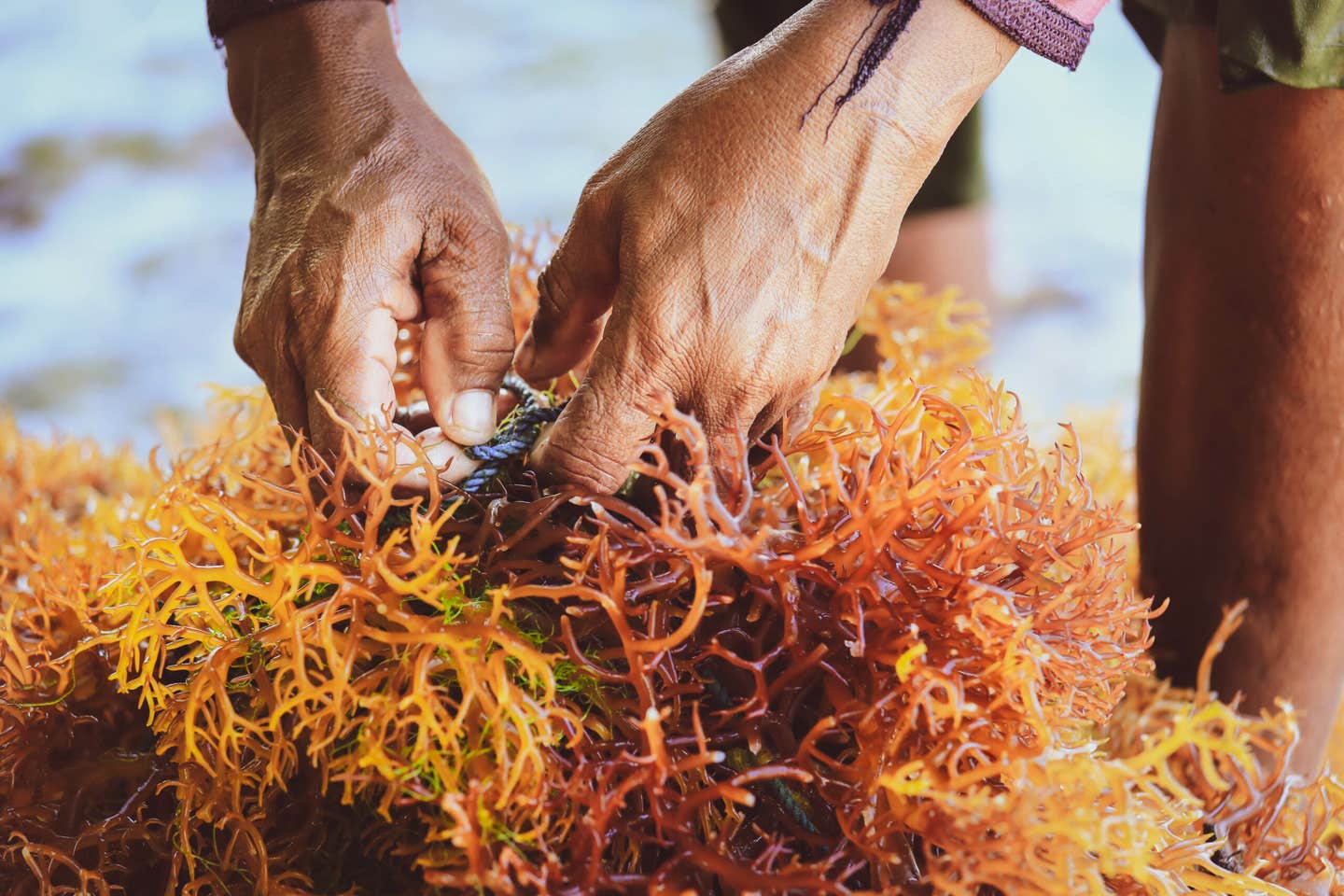
Now Streaming: Seaweed Stories
Watch NowTogether, we are making a difference.
See how your contributions are helping us protect wildlife and restore ecosystems.
565+ million
Acres in active conservation with partners
160+
New conservation areas being created
265
Threatened species being actively conserved
31,000+
Species benefiting
Learn
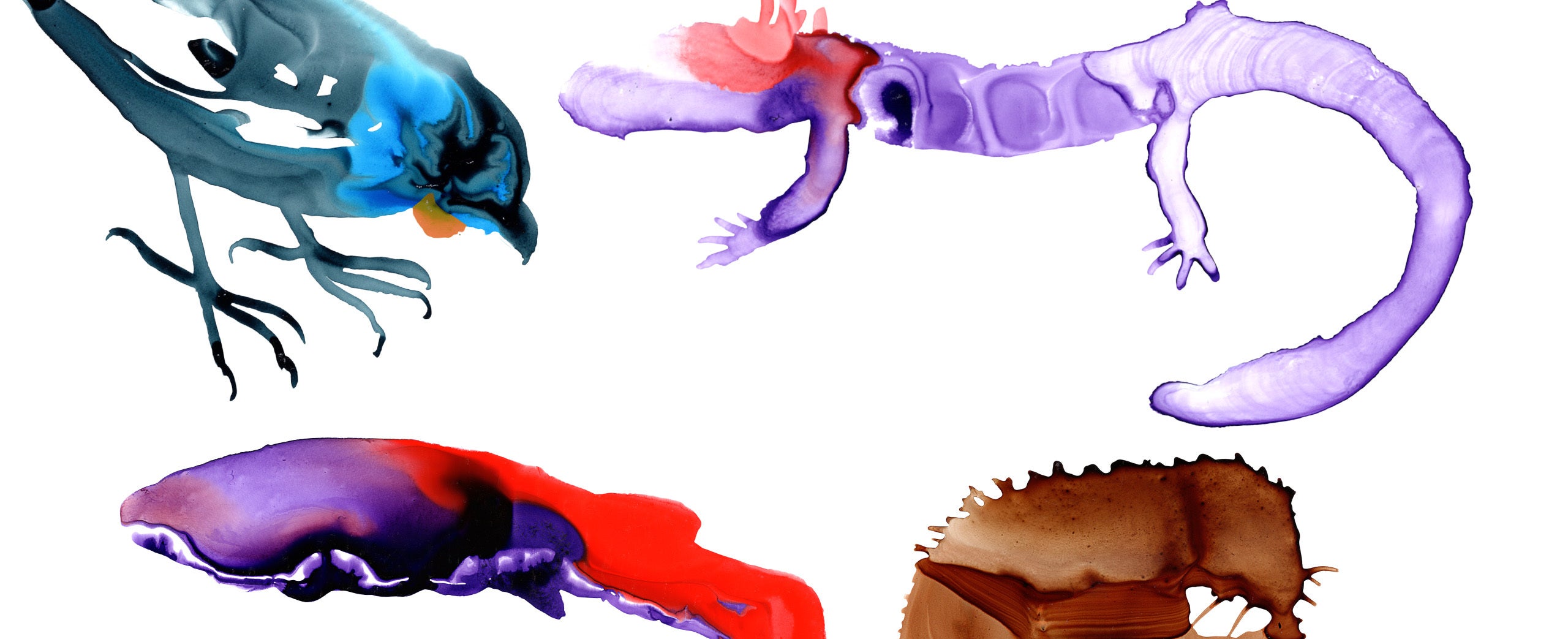
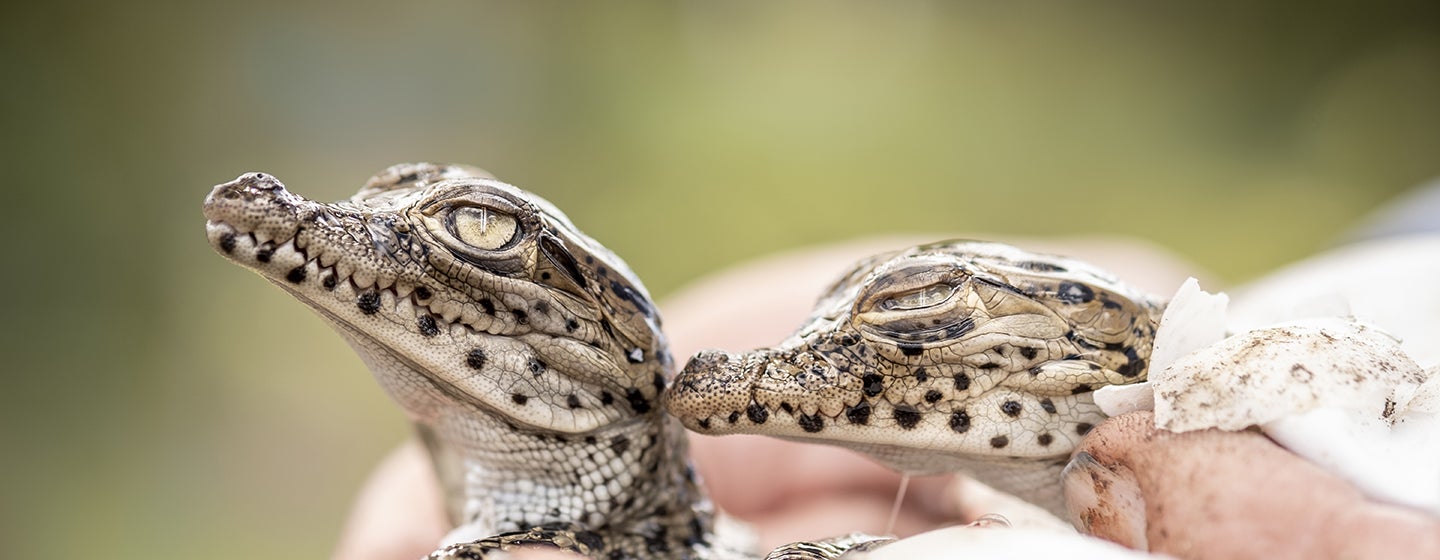
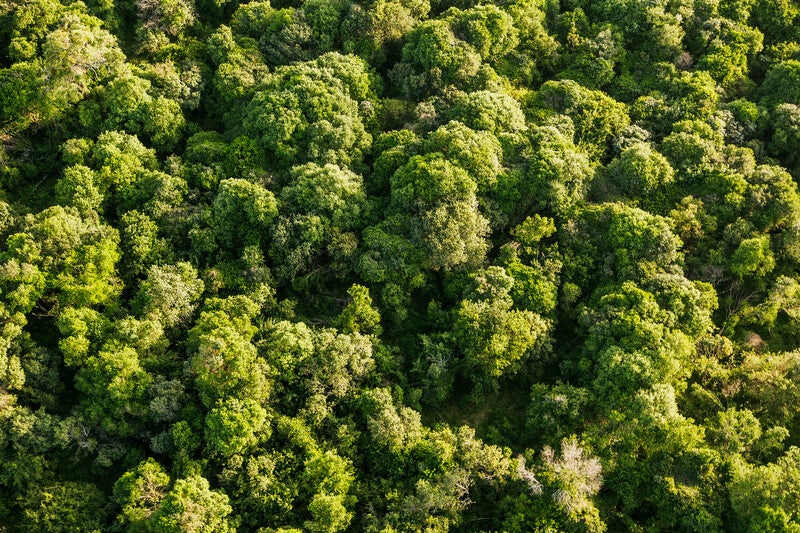
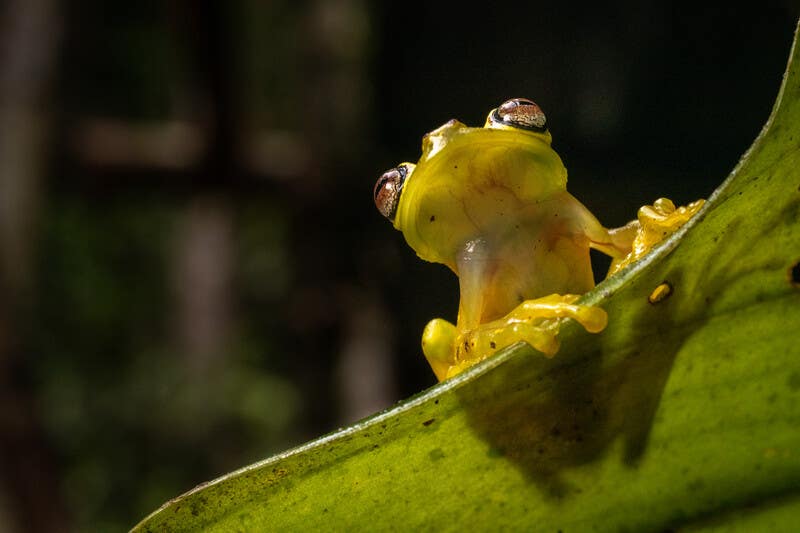

2030 Strategic Plan: A roadmap for a wilder future
A wilder future is possible—but only if we take action now. Our 2030 Strategic Plan lays out a bold path to protect critical places, recover species, support conservation guardians, and build a global movement. Through ambitious targets and transformative action, Re:wild and partners are scaling up solutions to rewild the world.
Learn MoreGoal 1
Protect and restore the world's most irreplaceable places.
Goal 2
Conserve and recover the world's most threatened species.
Goal 3
Help embolden and equip the world's conservation guardians.
Goal 4
Build a global movement to catalyze action at scale.
